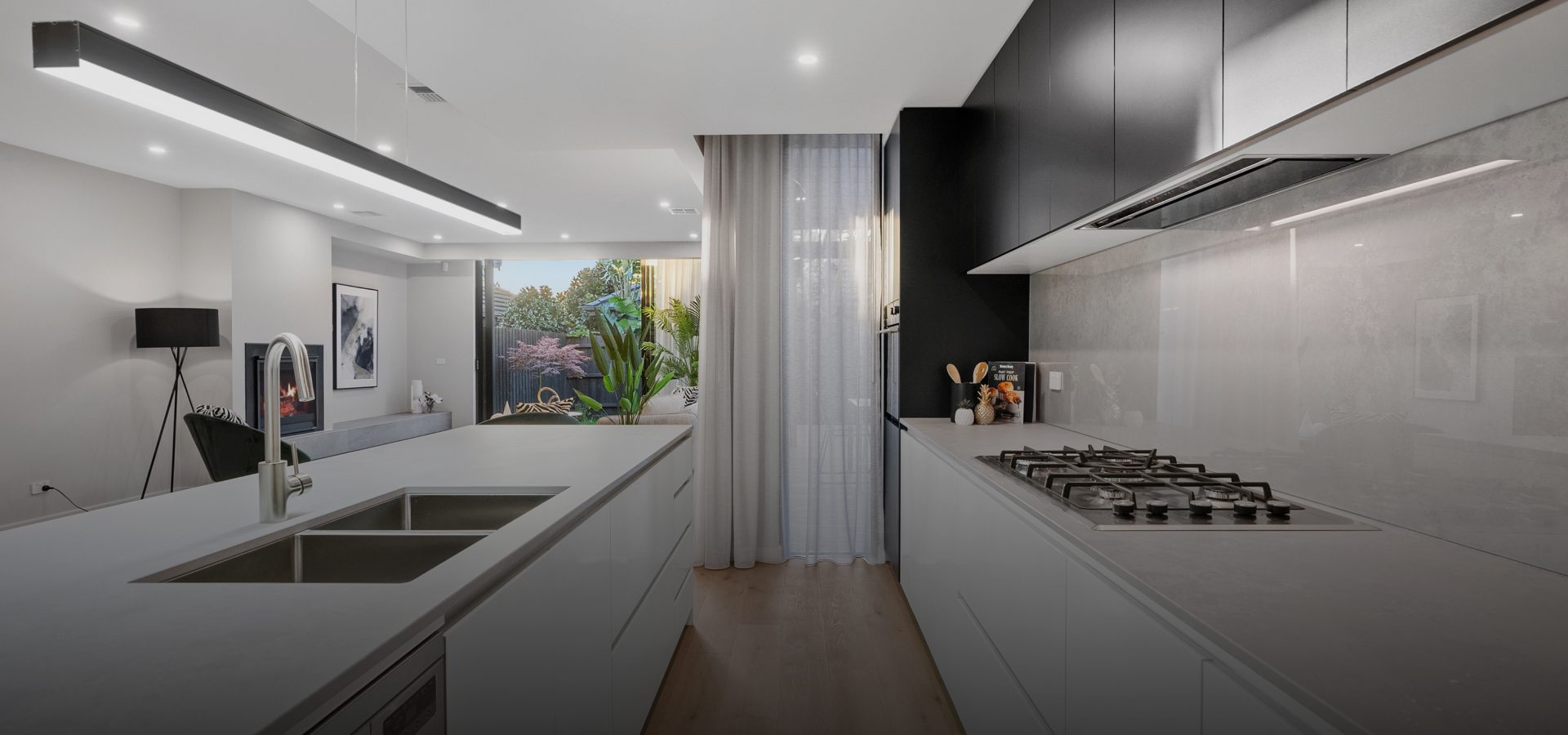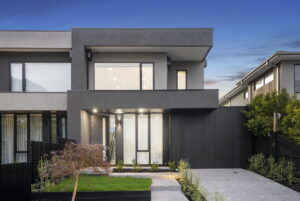
Home Design Trends for 2025
 In 2025, Australian homes are evolving to reflect a blend of sustainability, technology, and modern aesthetics. Homeowners are increasingly seeking designs that cater to functionality, environmental consciousness, and personal style. Let’s explore some of the most significant trends shaping home design this year.
In 2025, Australian homes are evolving to reflect a blend of sustainability, technology, and modern aesthetics. Homeowners are increasingly seeking designs that cater to functionality, environmental consciousness, and personal style. Let’s explore some of the most significant trends shaping home design this year.
Sustainable Materials for a Greener Future
Sustainability continues to dominate home design, with builders and designers prioritizing eco-friendly materials. Recycled wood, bamboo, and rammed earth are gaining popularity for their durability and minimal environmental impact. Homeowners are also opting for natural materials like stone and clay, which not only reduce carbon footprints but also add a timeless, earthy charm to interiors.
The use of solar panels and energy-efficient insulation is now standard in new builds. Homes are also integrating water-saving technologies, such as rainwater harvesting systems and greywater recycling, to address Australia’s ongoing water scarcity issues. These sustainable upgrades not only benefit the environment but also lead to significant cost savings over time.
Biophilic Design: Bringing Nature Indoors
Biophilic design, which incorporates natural elements into living spaces, is more prominent than ever. Think large windows that frame garden views, indoor greenery, and the seamless integration of indoor and outdoor spaces. Courtyards and vertical gardens are being used creatively to enhance air quality and provide calming, green aesthetics.
Natural light is a key component of biophilic design. Skylights, glass walls, and strategically placed windows are being used to flood homes with sunlight, reducing the need for artificial lighting and creating a sense of openness.
The Rise of Modern Minimalism
Modern minimalism is evolving in 2025, focusing on clean lines, uncluttered spaces, and a harmonious colour palette. Neutral tones like beige, grey, and muted greens are dominating interiors, complemented by textured finishes and subtle pops of colour. This aesthetic emphasises simplicity while allowing homeowners to personalise their spaces with carefully chosen statement pieces.
Open-plan living remains a popular choice, encouraging seamless interaction between different areas of the home. Furniture is increasingly multifunctional, such as modular sofas and extendable dining tables, catering to smaller living spaces without compromising functionality.
Technology Integration: The Smart Home Revolution
Technology is transforming how Australians live in their homes. Smart home systems are becoming a standard feature, allowing homeowners to control lighting, temperature, security, and even appliances with their smartphones or voice commands. The integration of AI and IoT (Internet of Things) is making homes more intuitive, providing convenience and energy efficiency.
Home offices are also embracing technology upgrades, with built-in charging stations, soundproofing, and high-speed internet as essential features. These enhancements cater to the growing trend of remote work, making home offices more productive and comfortable.
Flexible and Adaptive Spaces
As lifestyles become more dynamic, homes are being designed to adapt to changing needs. Flex rooms—spaces that can serve multiple purposes such as a guest bedroom, playroom, or gym—are becoming essential. Sliding doors and movable partitions are being used to create versatile layouts that maximise space.
The pandemic’s impact has also heightened the demand for wellness spaces. Homeowners are including meditation rooms, yoga studios, and spa-like bathrooms to promote relaxation and self-care.
Energy-Efficient and Smart Kitchens
Kitchens in 2025 are not just functional spaces; they are the heart of the home. Energy-efficient appliances, such as induction cooktops and smart refrigerators, are becoming commonplace. Touchless faucets, composting systems, and waste-segregation drawers highlight the emphasis on sustainability.
In terms of design, open shelving, natural stone countertops, and bold backsplashes are making waves. Kitchens are also being designed with social interaction in mind, featuring large islands that double as dining areas and entertainment hubs.
Outdoor Living Spaces: A Year-Round Trend
Outdoor spaces are being designed as extensions of the home. Pergolas, outdoor kitchens, and fire pits are enhancing usability throughout the year. Decks and patios are being furnished with weather-resistant furniture and outdoor lighting, making them perfect for entertaining and relaxation.
Australians are also investing in eco-friendly landscaping, incorporating native plants that require less water and maintenance. These spaces often feature natural pools, solar lighting, and rain gardens to further emphasise sustainability.
Embracing Personalisation
Finally, personalisation is a key trend in 2025. Homeowners are moving away from cookie-cutter designs, opting for unique finishes and bespoke elements. Whether it’s custom cabinetry, artisan-crafted tiles, or statement lighting, these touches make homes feel truly one-of-a-kind.
Personalisation also extends to cultural influences, with designs reflecting Australia’s diverse heritage. Aboriginal-inspired patterns, local craftsmanship, and regional materials are being celebrated in modern homes.
